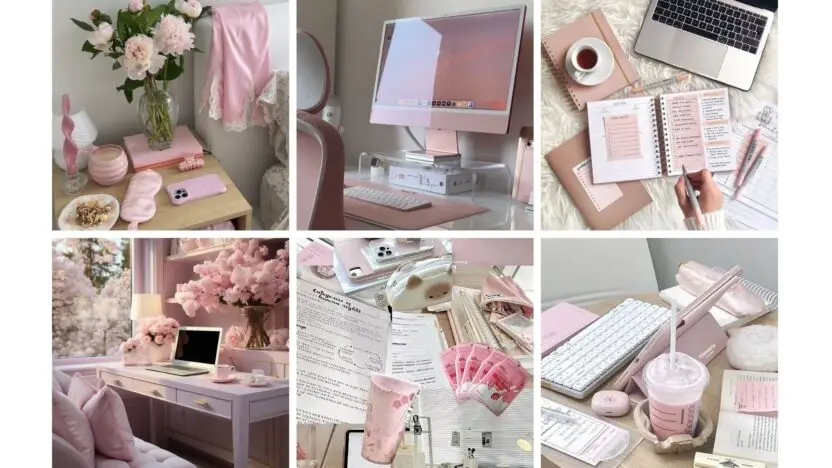Creating a beautiful study space isn’t just about aesthetics—it’s about designing an environment that inspires focus and productivity. Whether you’re a student preparing for exams or a professional working from home, your study area should reflect your personal style while supporting your academic or work goals. A well-designed aesthetic study space combines functionality with elements that spark creativity, making learning and working more enjoyable and effective.
The perfect study space balances minimalism with personal touches that motivate you. Clean lines, clutter-free surfaces, and thoughtful organization serve as the foundation, while decorative elements like inspirational artwork, plants, or meaningful objects add character without distraction. Your aesthetic choices—from color schemes to lighting—significantly impact your mood and ability to concentrate during study sessions.
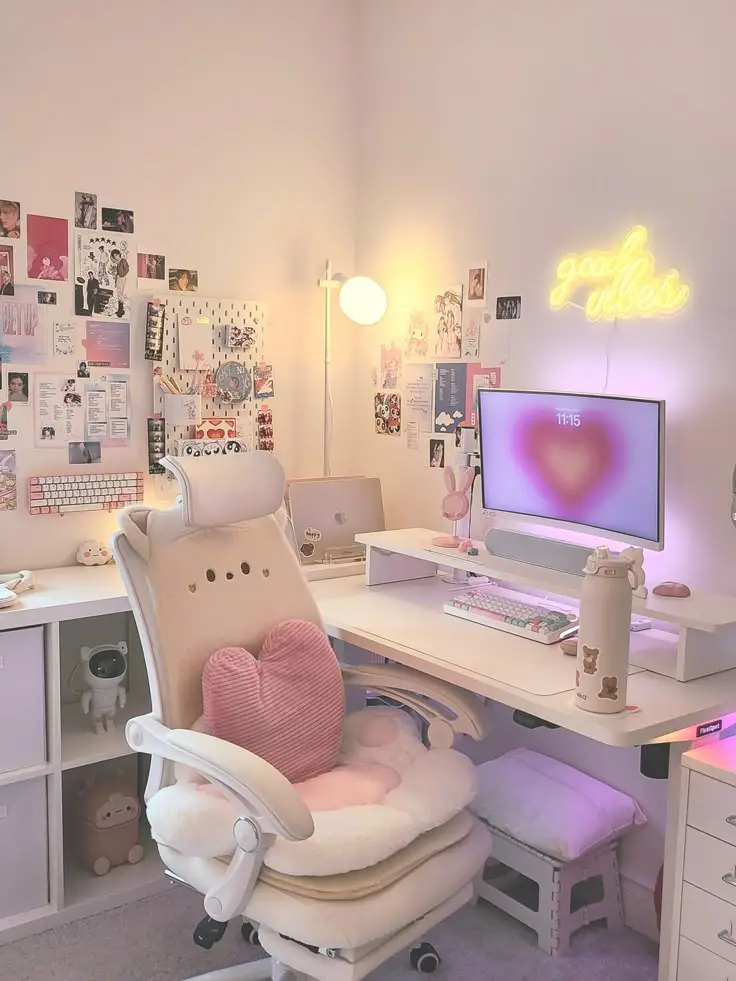

Key Takeaways
- A balanced study space that combines functional organization with personal style creates an environment that enhances both productivity and creativity.
- Incorporating elements like proper lighting, ergonomic furniture, and minimal clutter directly contributes to improved focus and reduced study fatigue.
- Personalizing your space with meaningful decorations, plants, and a cohesive color scheme helps maintain motivation while making the area uniquely yours.
Designing Your Study Space for Maximum Productivity
Creating a space that enhances your focus doesn’t need to sacrifice style for function. A well-designed study area combines practical elements with personal touches to keep you motivated and comfortable during long study sessions.
Choosing the Right Furniture
Your desk is the foundation of your study space, so choose one that suits both your needs and available room. A wall-mounted desk works wonders in smaller spaces, giving you a dedicated area without consuming floor space. When folded away, it creates more room for other activities.
Select a chair that provides proper support for your back and promotes good posture. Ergonomics matter more than aesthetics here – your body will thank you during marathon study sessions!
Consider multifunctional furniture like storage ottomans or shelving units with built-in desks. These pieces maximize space efficiency while maintaining a clean, organized look.
Don’t forget small accessories that make a big difference – desk organizers, pencil holders, and file systems help keep your workspace tidy and your mind clear.
Incorporating Effective Lighting
Good lighting reduces eye strain and helps maintain your energy levels throughout study sessions. Position your desk near a window if possible to take advantage of natural light, which improves mood and productivity.
Layer your lighting with different sources: ambient lighting to illuminate the entire room, task lighting (like a desk lamp) for focused work, and accent lighting to create a pleasant atmosphere.
Adjustable desk lamps with different brightness settings allow you to customize lighting based on the time of day and your specific task. LED options with cool-toned light are ideal for focusing, while warmer tones create a cozier atmosphere for reading.
Consider light therapy lamps during darker months if you find your energy dipping. These can help regulate your circadian rhythm and keep your study motivation strong.

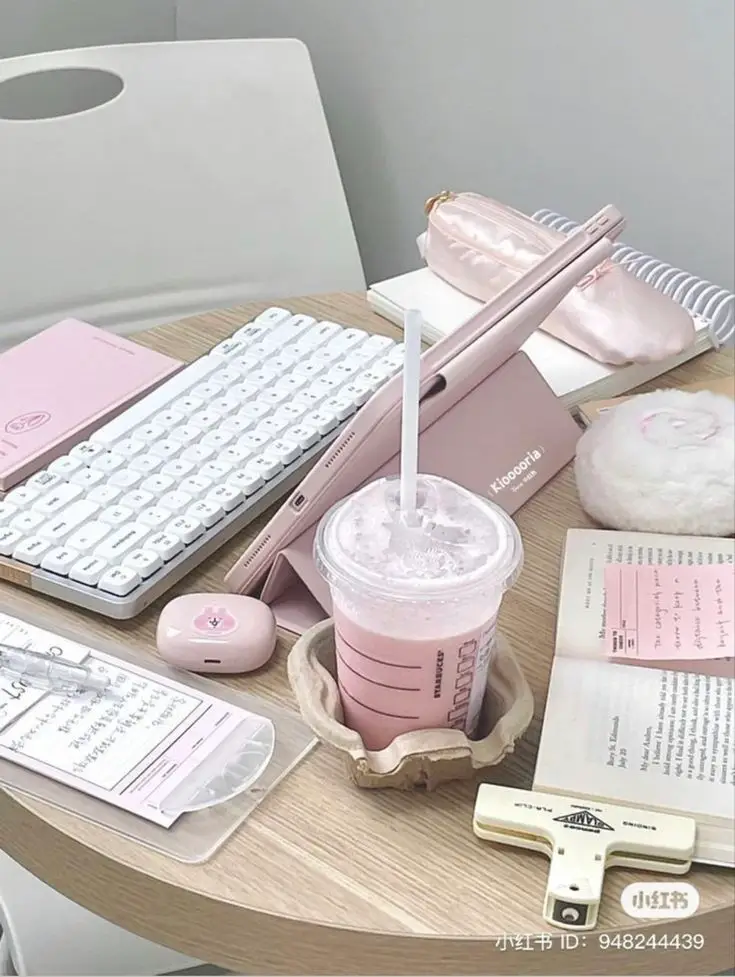
Utilizing Walls for Storage and Inspiration
Transform vertical space with floating shelves to store books, supplies, and decorative items without cluttering your desk. Wall-mounted organizers can hold everything from pens to papers while keeping your workspace clean.
Install a bulletin board or magnetic whiteboard for reminders, goals, and inspiration. This creates a visual management system that keeps important information at eye level.
Create an inspiration zone with photos, quotes, or artwork that motivates you. This personal touch makes your study space feel uniquely yours while providing visual breaks during intense focus sessions.
Use removable wall decals or washi tape to mark off a calendar or tracking system directly on your wall. This helps you visualize deadlines and progress without taking up valuable desk space.

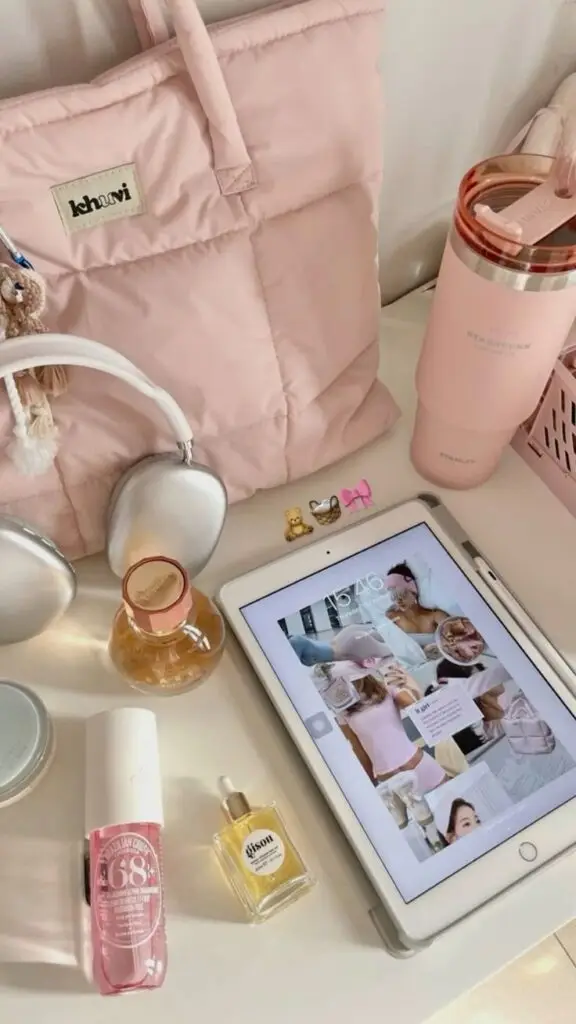
Personal Touches to Enhance Creativity and Focus
Personalizing your study space is essential for creating an environment that feels comfortable and inspires productivity. The right personal elements can transform a basic desk area into a sanctuary that encourages your best work.
Adding Plants for a Breath of Fresh Air
Indoor plants do more than just beautify your study space—they can actually improve your concentration and wellbeing. Small succulents require minimal maintenance while adding a touch of nature to your desk. Consider a snake plant or pothos that thrives in indoor lighting conditions and helps purify the air.
Plants like lavender or rosemary not only look lovely but provide calming scents that can reduce stress during intense study sessions. If you’re worried about keeping plants alive, artificial options have become remarkably realistic and can still provide the visual comfort of greenery.
Place your plants where they’ll catch your eye but won’t crowd your workspace. A small plant on a corner of your desk or a larger one on the floor beside you can create a peaceful atmosphere that helps you stay focused longer.

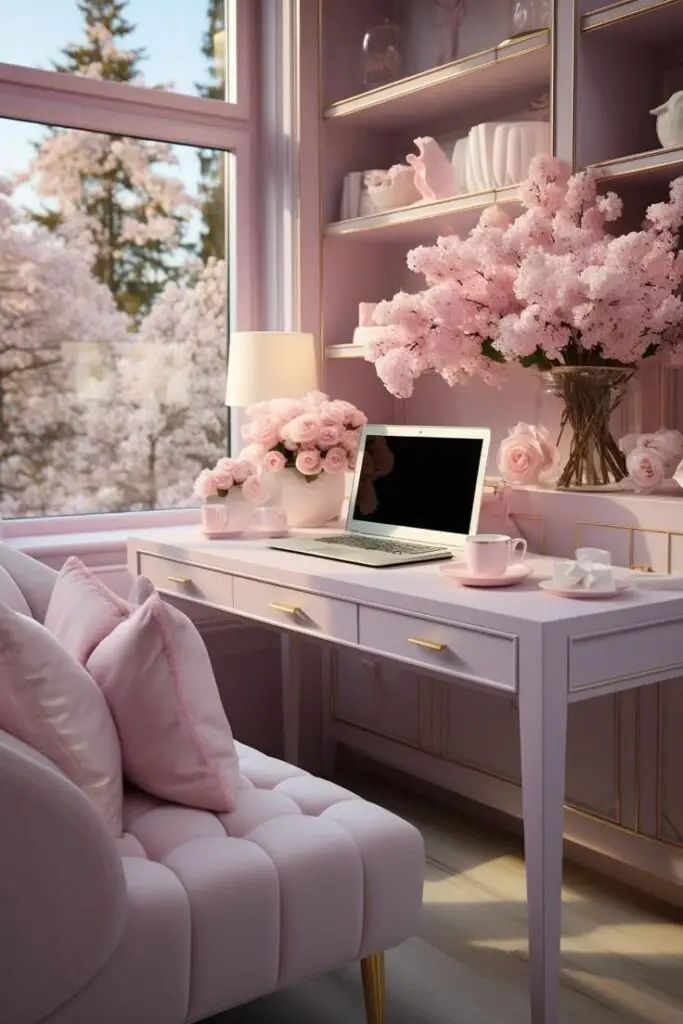
Selecting Comfortable Rugs and Blinds
The right floor and window treatments can dramatically improve your study space comfort. A soft rug under your feet provides warmth and absorbs sound, making the environment more peaceful for concentration.
Choose rugs in materials that feel good underfoot—wool blends for comfort or washable cotton for practicality. The texture and color should complement your space while making it feel more inviting.
For blinds, consider options that give you control over natural light. Adjustable slat blinds let you minimize screen glare while still enjoying daylight. Sheer curtains diffuse harsh sunlight and create a soft, pleasant atmosphere.
Blackout options are helpful for late afternoon sun that might be distracting. The right window treatments not only regulate light but also add visual comfort to your study space, making long study sessions more bearable.
Opting for Color and Decor That Inspires You
Surround yourself with colors and items that energize your creativity. Blues and greens promote calm focus, while yellow accents can stimulate creativity and positive thinking.
Display meaningful items that inspire you—photos of achievements, souvenirs from favorite places, or artwork that speaks to you. These personal touches serve as motivation during difficult study sessions and make the space uniquely yours.
Wall decor needn’t be expensive—your own artwork, inspirational quotes, or a simple bulletin board with changing items can keep your environment fresh and engaging. Consider a small inspiration board where you can pin goals, quotes, and images that motivate you.
Balance is important—too many decorative items can become distracting. Choose a few special pieces that have meaning to you rather than cluttering your space with random decorations. This thoughtful approach creates a study environment that feels both personal and purposeful.


Functional Elements for an Organized Study Area
Creating a study space that works efficiently requires thoughtful planning of storage, furniture, and technology. The right combination of these elements not only improves productivity but makes your study sessions more enjoyable.
Effective Storage Solutions
Every productive study area needs smart storage to keep clutter at bay. Start with vertical storage options like wall-mounted shelves or bookcases to maximize your available space while keeping important materials within reach.
Consider investing in desk organizers with multiple compartments to sort pens, highlighters, sticky notes, and other small items. These organizers prevent your desk from becoming overwhelmed with supplies and help maintain a clean workspace.
Filing systems are essential for managing documents and assignments. Try color-coding folders based on subjects or priority levels. This simple method makes locating important papers much quicker when you’re on a deadline.
Storage boxes that slide under your desk provide hidden space for items you don’t need daily but want to keep accessible. Choose attractive boxes that complement your décor if they’ll be visible.
Ergonomic Considerations for Furniture
Your choice of desk and chair significantly impacts your physical comfort during long study sessions. An adjustable chair supporting your lower back can prevent strain and help maintain good posture.
Your desk height should allow your arms to rest at a 90-degree angle when typing. If your desk isn’t adjustable, consider using a keyboard tray or adjusting your chair height to achieve this ergonomic position.
Wrist rests for keyboards and mouse pads with cushioned supports help prevent repetitive strain injuries that can develop over time. These simple additions make a big difference in comfort.
Footrests can improve circulation during extended sitting periods by keeping your feet flat and supported. This small addition helps align your spine properly and reduces pressure on your lower back.
Consider materials carefully when selecting furniture. Wooden desks offer durability and warmth, while glass-topped options create a sense of openness in smaller spaces.

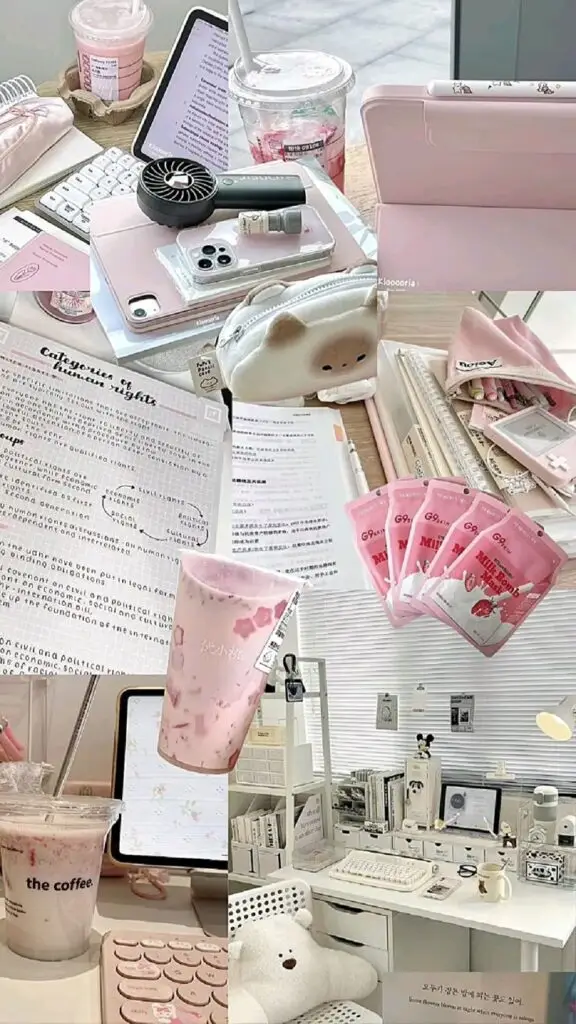
Smart Use of Modern Technology
Integrate technology thoughtfully to enhance your productivity without creating distractions. A monitor stand or arm raises your screen to eye level, reducing neck strain and freeing up valuable desk space.
Cable management solutions like cord organizers and clips keep wires tidy and prevent the frustrating tangle of cords. This simple organization trick makes your space look neater and prevents accidental disconnections.
Consider a desk lamp with adjustable brightness and color temperature settings. These features allow you to tailor your lighting throughout the day, reducing eye strain during evening study sessions.
Charging stations keep your devices powered without cluttering your workspace. Look for options that can charge multiple devices simultaneously while keeping cords contained.
Smart plugs or power strips with timers can help you manage screen time and create healthy boundaries between study sessions and breaks. They’re also energy-efficient, automatically cutting power to devices not in use.


